This year I am 33 years old, and I started trading cryptocurrencies 2 years ago; I have made about 10 million with a capital of 10,000. I graduated from college without having worked. I spent all day watching videos and recording data.
1. Starting capital of 10,000, doing projects in college, affiliate marketing, side hustles, delivery, filling in apps, various small tasks, saved up 10,000.
2. When entering the cryptocurrency market, I found BTC too expensive, so I kept playing ETH, which has leverage, and then moved on to altcoin spot trading. Choose coins and manage positions well. Just execute this simple idea consistently; in unfavorable markets, bear small losses, and when the market comes, you will earn handsomely.
Why enter the circle.
If you want to change your fate, you must try the cryptocurrency market. If you can't make money in this circle, ordinary people will have no opportunity in their lifetime.
My cryptocurrency trading thoughts shared with everyone:
Many people start contract trading with only 10,000 in funds (about 1,400 U), thinking 'small principal, just go for it.'
But the truth is: the smaller the funds, the more you need position management.
Large funds can rely on time, while small funds depend entirely on discipline. Otherwise, a single liquidation requires recharging your 'faith.'
The following method is suitable for contract players with capital between 5,000 and 20,000 RMB, and the goal is not to double in one day but to achieve low drawdowns and steady growth.
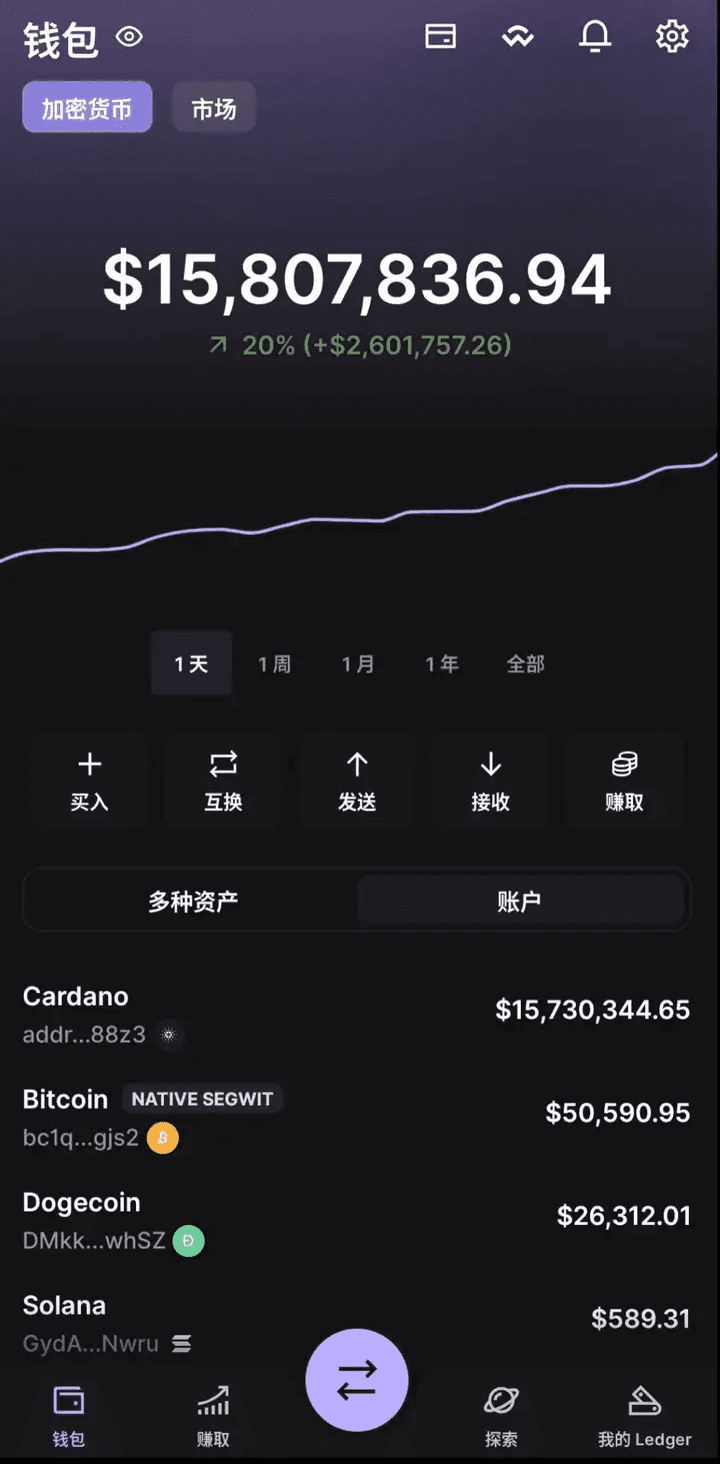
With small funds in contracts, it's not about making enough for a BMW with each trade, but rather making enough for a phone case each month; after 12 times, that turns into an iPhone.
Compound interest rhythm:
Monthly target return: 10%-20%.
Control the maximum single loss to not exceed 2% of total account funds.
Swing positions, allowing for 1-5 days holding, adjusting stop-loss in between.
Step one: segment the account, define the 'combat fund pool.'
Account: 10,000 RMB ≈ 1,400 U.
Divide into 4 trading segments, each segment 350 U.
Only use one segment for trading, leaving other segments untouched.
Essentially, give yourself 4 lives; if you make a mistake, you have a chance to save yourself.
Benefits: resistant to consecutive stop losses, won't lose all ammunition at once.
Step two: control each risk to be within 1%-2% of total capital.
Recommended practice: control single trade loss amounts to be within 140 U (about 10%).
For example, trading BTC:
The difference between the entry point and the stop-loss point = 500 USDT.
Using 10x leverage means a 50 USDT fluctuation.
To not exceed a risk of 140 U, at most, only 2.8 BTC contracts can be opened, approximately 3 contracts.
This is the process of reverse position calculation.
Remember this: it's not about how many positions you want to open, but how many the market allows you to open.
Step three: pyramid positions, only increase position size when making profits.
If you long from a low position and have floating profits of 100 U, you might consider:
Increase part of the positions and continue to ride the trend upwards.
Raise stop losses to breakeven or even into profit zones.
The remaining portion can be freely aggressive; risk management has already protected you.
This way, even if the market retracts, you can withdraw safely.
Increase positions only when there are floating profits; do not add to losses!
Step four: grade the market, determine position strength.
Market type position suggestions: examples illustrate fuzzy oscillating empty positions or very small positions; only enter with clear directions after clear breakouts. Support/resistance confirmation leads to breakout trend acceleration; full positions + additional buying when momentum is strong, chase after acceleration; reduce positions or take profits when high points stagnate/diverge to protect profits and avoid being caught off guard.
This is the 'market rating - position allocation' mindset. It is not the position that decides first, but the market that decides first.
There's a foolproof method of trading cryptocurrencies that allows you to maintain 'everlasting profits'!
At the end of last year, I played with 200,000 and now have 20 million, easily achieving a hundred-fold profit. I still use this method (suitable for everyone), high and very stable.
Prioritize this in later trading processes; it can help you earn an extra 3 to 10 points daily.
In this bull market, if you have 500,000 U and want to reach 10 million U, it is not about the luck of being 'the chosen one' but an entire set of extreme restraint + extreme violent rolling position system.
The secret to success can be summed up in one sentence: protect the principal, let profits soar.
[Step 1] Choose the coin: only trade 'main trend coins.'
Capital should not be spread thin; concentrate firepower on currencies that are 'trending + controlled.'
Break through previous highs with increased volume: e.g., when SOL broke above 25 dollars, it surged five times before retail investors could react.
Segment the leading sectors: MEME, AI, Layer 2, avoid 'new bottles for old wine' false hotspots.
Low circulation, easy manipulation: market capitalization between 100 million and 1 billion U, easy for the operators to control and create quick surges.
[Step 2] Rolling position strategy: Use only profits to increase positions, the principal only goes in and does not come out.
500,000 U does not seek to double overnight, only to make steady progress:
First trade: 200,000 test position, the signal must be clear - breakout + volume (e.g., PYTH breaks 0.6)
Stop loss: cut losses at 10%, no emotions, protect your bullets.
Increase positions after a 50% profit: reinvest 300,000 (principal + profit) to ride the main upward wave.
After doubling, roll all in: 1 million U to target 3-5 times, without greed, without hesitation.
Take profit halfway at a 15% drawdown, keep the rest until the end.
Key discipline: never add to positions when losing, only increase your stakes when winning.
[Step 3] Position control rules: multiply by 20, not relying on bravery but on restraint.
Single currency positions should not exceed 40% of the total position: at any time, do not go all in.
Double your profits, then withdraw the principal: when going from 500,000 to 1 million, first withdraw 500,000 to safeguard your base.
Each stop loss should not exceed 5-10% of the total position: falling to the expected position means cutting losses is a win.
Those who can truly reach 10 million are not the ones who are best at reading candlesticks but those who can resist temptation and maintain control. The market provides opportunities, but profits only belong to those with a system, discipline, and a ruthless mindset.
You can also roll positions, but ask yourself: it’s not about whether you have 500,000, but whether you have the patience and determination to execute thoroughly. If you don’t want to keep spinning in place, let - lead you to roll over; the current market is a good opportunity for recovering losses and rolling over.
A winning strategy for quickly earning the first 1 million and the first 10 million with small funds [20 SMA and RSI Forex trading strategy], with a win rate as high as 100%. Learn to master it, and you will benefit for a lifetime! (suitable for everyone) A must-see for technical analysts! A divine trading indicator that allows you to identify trends and breakouts in advance.
After reading this article, you will discover a powerful trading method that combines the 20-period simple moving average (SMA) and the Relative Strength Index (RSI) indicator.
This strategy provides you with clearer entry signals and helps confirm market momentum before you invest. By combining these two complementary tools, you will filter out market noise and focus on high-probability trading opportunities.
The advantage of this strategy lies in its universality across different time frames and currency pairs - but there is a specific way to coordinate these indicators for maximum effect.
20 SMA and RSI Forex trading strategy.
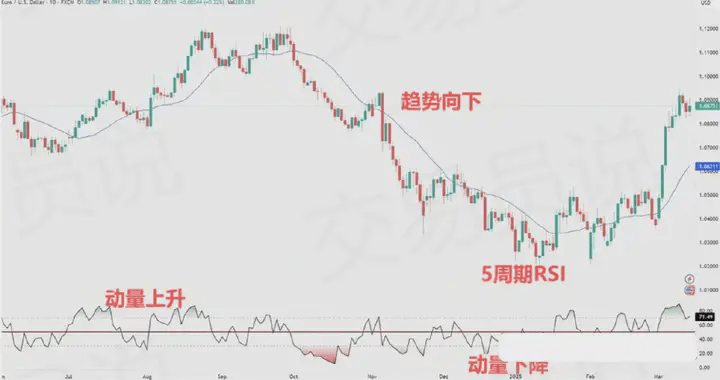 When looking for a reliable and uncomplicated forex trading strategy, the combination of the 20 SMA and RSI method is an excellent choice.
When looking for a reliable and uncomplicated forex trading strategy, the combination of the 20 SMA and RSI method is an excellent choice.
This method combines two powerful indicators that perfectly complement each other.
This strategy identifies trends via the 20-period simple moving average while using the RSI to confirm momentum.
20 SMA is used to identify trend direction, while RSI verifies potential momentum for more accurate trading decisions.
You will find that SMA crossover signals are particularly helpful in determining entry points, while RSI divergence analysis helps predict potential reversals.
The uniqueness of this method lies in its simplicity.
You don't need advanced technical skills, just follow clear trading rules.
To improve performance, consider using support/resistance reversals as additional confirmation points to plan your entries.
Understand the core components of the 20 SMA strategy.
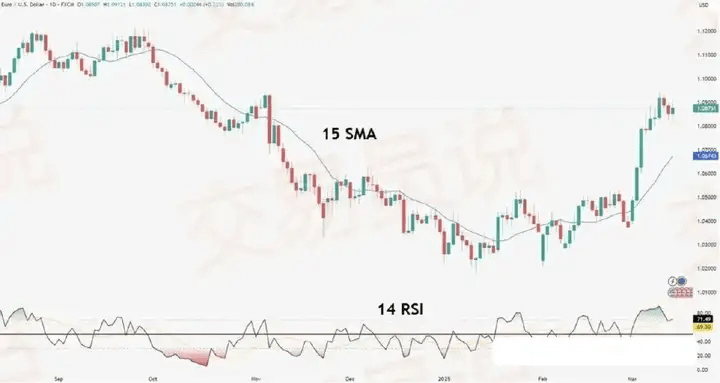
The core components of the 20 SMA and RSI strategies are built on the principles we just discussed.
When applying this method, you will find that various SMA variants can improve your trading decisions. Some traders prefer to use the 15 SMA for faster signals, while others may opt for longer periods for smoother trends. The 15-minute chart provides intra-day traders with an ideal balance, enabling quick market insights while maintaining sufficient data for reliable analysis.
Adjustments to the RSI are equally important - changing the recommended 5-period setting to 7 or 14 periods can significantly affect its sensitivity.
Remember, these components work together as a system, not in isolation. The key is to find a combination that matches your trading style and time frame while maintaining the strategy's core advantage in trend identification.
Set up charts for maximum effectiveness.
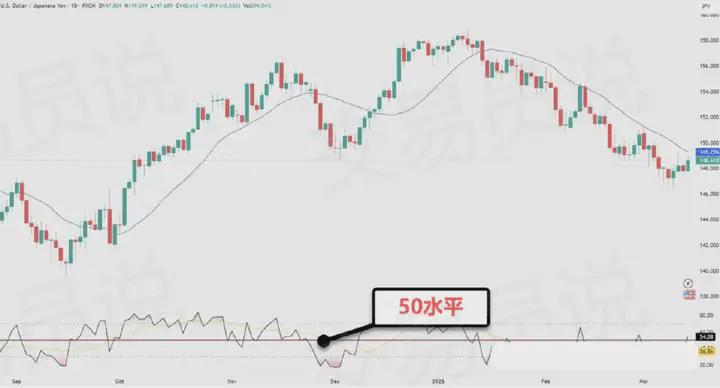 Correctly setting up charts is critical for the success of the 20 SMA and RSI strategy.
Correctly setting up charts is critical for the success of the 20 SMA and RSI strategy.
First, choose your preferred time frame. This strategy works for any time frame, but 4-hour or daily charts typically yield more reliable signals.
In the chart layout, add a 20-period simple moving average and set the RSI indicator to a 5-period.
These specific indicator adjustments are non-negotiable for the proper functioning of this strategy. Ensure that the RSI has a visible 50 level line, as this is an important threshold for trading confirmation.
The 20-period SMA will help identify mid-term trends while filtering out unnecessary market noise.
The psychology behind price action and moving averages.
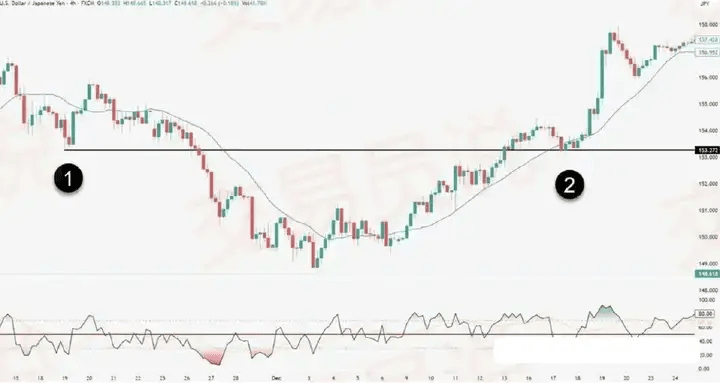
Understanding why the market reacts to moving averages reveals deeper psychological forces driving forex trading.
Moving averages are not just about tracking prices - they reveal the collective psychology that shapes market behavior.
When the price approaches the 20 SMA, traders make collective decisions based on their expectations of support or resistance.
This market psychology manifests in price action - the visible footprints of all buy and sell decisions.
You will notice that prices often bounce off the 20 SMA like magic.
However, this is not magic; it is the collective effect when thousands of traders see the same signals and take similar actions. Look left, you may see the support/resistance structure that the price is reacting to.
Experienced traders often combine moving average crossover strategies to supplement this analysis to confirm potential entry and exit points in trending markets.
Optimize RSI settings for the best signals.
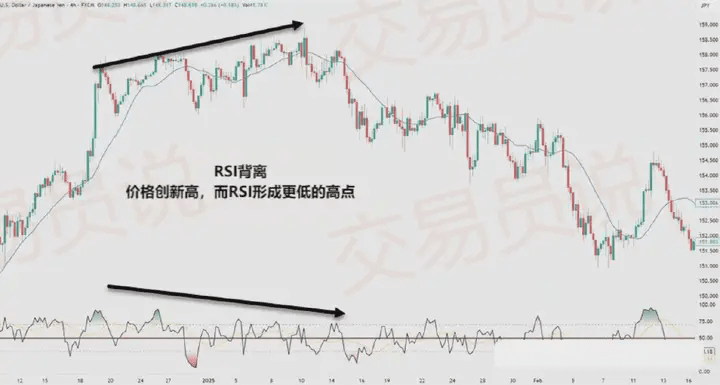 While many traders use default RSI settings, customizing the RSI parameters to a 5-period (rather than the standard 14-period) can significantly enhance the responsiveness of signals in this strategy.
While many traders use default RSI settings, customizing the RSI parameters to a 5-period (rather than the standard 14-period) can significantly enhance the responsiveness of signals in this strategy.
This shorter period makes the RSI more sensitive to recent price changes, helping you capture trends earlier. For optimal RSI settings, always keep 50 as the centerline threshold. Pay attention to RSI divergence analysis when prices make new highs but the RSI does not, as this often signals a reversal.
When fine-tuning settings, remember that more sensitive indicators require greater attention to filter out false signals. Combining a 5-period RSI with a 5 SMA strategy can provide higher precision entry points for short-term trades.
Entry rules under an upward trend condition.
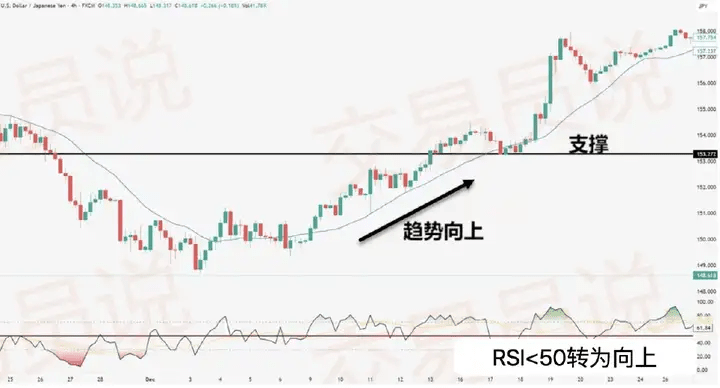
When upward trend conditions appear, knowing when to enter can increase your profit potential. Each strategy requires an appropriate entry strategy.
First, you need to confirm two key entry indicators: the price must be above the 20 SMA, and the RSI should be below 50, hitting a low and starting to reverse upwards.
Wait for the price to pull back to the 20 SMA, where the 20 SMA acts as dynamic support. Key point - look left and find some price structure support (e.g., trading range, swing low).
Once you see a confirmed candlestick pattern, set your buy stop-loss order above its high point.
This systematic approach ensures you enter in trend momentum while leveraging market conditions to your advantage.
Entry rules under downtrend conditions.
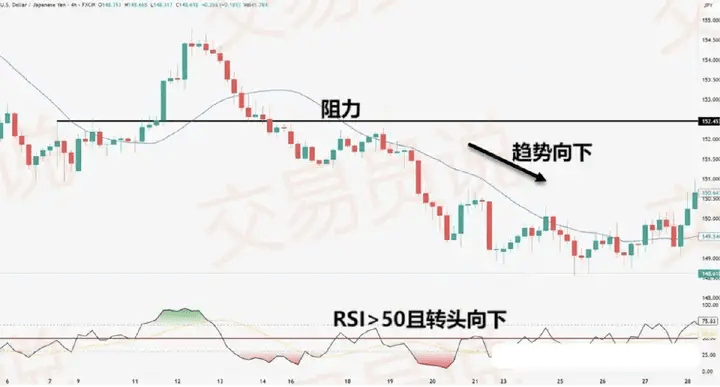
To profit under declining conditions, you need to follow specific entry rules to capitalize on downward momentum.
First, confirm that the price is below the 20 SMA, indicating a downtrend. Observe the price bouncing back from below and testing the 20 SMA.
Pay attention to bearish divergence signals on the RSI indicator; the RSI should peak above 50 and begin to reverse downward. This market trend analysis helps identify suitable entry points.
Set your sell stop-loss order below the low point of the confirmed candlestick, and set the stop-loss above its high point.
To further validate, look for reversal candlestick patterns at resistance levels to enhance your bearish entry signal.
Stop-loss setting techniques for minimizing risk.
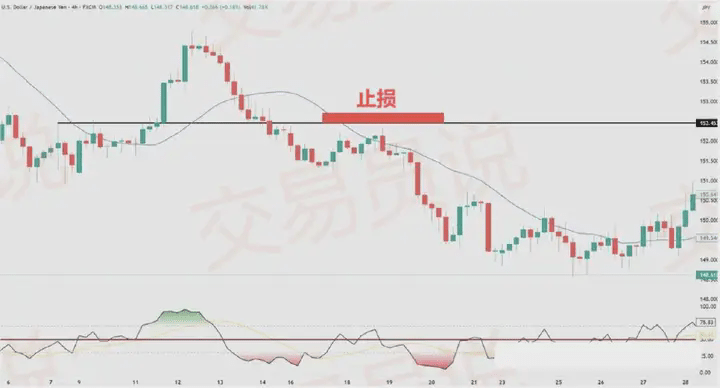 In forex trading, correct stop-loss settings are the foundation of effective risk management.
In forex trading, correct stop-loss settings are the foundation of effective risk management.
When using the 20 SMA and RSI strategy, always set the stop-loss for sell positions above the high point of the entry candlestick, or set the stop-loss for buy positions below the low point of the entry candlestick. This protects you from sudden market reversals.
Combine stop-loss with position size management to ensure that the risk you take on any single trade does not exceed 1%-2% of your account. This dual approach can minimize your risk exposure while allowing profitable trades enough room to develop into profitable positions.
Consider using the Average True Range (ATR) indicator to dynamically adjust stop-loss distances based on current market volatility.
Take profit strategies to maximize profits.
When trading the 20 SMA and RSI strategy, you need to implement effective take-profit techniques that align with market conditions. Setting take profits at three times the risk amount can create a favorable risk-reward ratio, maximizing returns while maintaining discipline. I must add that I can fully accept a 1:1.25 risk-reward ratio, as these smaller gains tend to be more stable.
In addition, you can exit when the opposite signal appears. In a strong trend, consider using trailing stops to lock in profits as the market moves in your favor. Similar to the island reversal pattern, understanding the market context is crucial for determining the most appropriate exit strategy.
Trading plan: 20 SMA and RSI Forex trading strategy.
Long trade (buy) entry rules
1. Trend confirmation: ensure the price is above the 20 SMA, indicating an uptrend.
2. RSI signal: confirm that the RSI has hit a low below 50 and started to reverse upwards.
3. Pullback to 20 SMA: wait for the price to pull back to the 20 SMA, where the 20 SMA acts as dynamic support.
4. Confirm candlestick patterns: look for bullish candlestick patterns forming near the 20 SMA (e.g., engulfing pattern or pin bar).
5. Entry execution: set buy stop orders above the high point of the confirmed candlestick.
Entry rules for short trades (selling).
1. Trend confirmation: ensure the price is below the 20 SMA, indicating a downtrend.
2. RSI signal: confirm that the RSI has peaked above 50 and started to reverse downward.
3. Pullback to 20 SMA: wait for the price to bounce back to the 20 SMA, which acts as dynamic resistance.
4. Confirm candlestick patterns: look for bearish candlestick patterns forming near the 20 SMA (e.g., engulfing pattern or pin bar).
5. Entry execution: set sell stop orders below the low point of the confirmed candlestick.
Stop-loss settings.
Long trade: set the stop loss below the low point of the confirmed candlestick.
Short trade: set the stop loss above the high point of the confirmed candlestick.
Take profit strategy.
Set a risk-reward ratio of at least 1:3 (for example, if the risk is 20 points, the target profit is 60 points). Alternatively, use trailing stops to lock in profits as trades move in your favor. Exit the trade if the RSI shows divergence with price movements, indicating a potential reversal.
Additional notes.
This strategy performs best on 4-hour and daily charts. Avoid trading during major news events to reduce the risk of false signals. Use candlestick patterns (e.g., pin bars, engulfing patterns) as additional confirmation for entry signals.
By following these precise entry and execution rules, you can confidently implement the 20 SMA and RSI strategies in your trading plan.
Adjusting strategies across different time frames.
The flexibility of the 20 SMA and RSI strategy extends beyond take-profit methods and can be applied across various time frames.
The adaptability of this strategy means you can engage in quick intraday trading on a 15-minute chart or hold long-term positions on a daily chart.
When adjusting time frames, remember that higher time frames usually yield more reliable signals but fewer trading opportunities. Lower time frames offer more frequent setups but may generate more false signals. Start with the 4-hour chart to balance reliability and frequency while building confidence in the strategy.
When trading this strategy, be cautious of false breakouts, as the market often tests above key levels to trigger stop-loss orders before reversing.
Currency pairs best suited for this system.
The four major currency pairs perform particularly well in the 20 SMA and RSI strategies: EUR/USD, GBP/USD, USD/JPY, and USD/CHF.
These currency pairs offer ideal trading conditions due to their liquidity and predictable trend behavior. Major currency pairs provide the perfect combination of liquidity and predictable trends for effective technical analysis.
You will find EUR/USD particularly suitable for beginners because it combines stable trends with manageable volatility.
GBP/USD performs well during the London trading session, while USD/JPY excels during the Asian trading session.
To achieve the best results, avoid trading exotic currency pairs that may produce unstable signals (i.e., foreign currency pairs. These pairs are usually composed of one major currency paired with a currency from an emerging economy. Examples include USD/RUB, USD/ZAR, etc.).
Stick to major currency pairs, as price action aligns more reliably with the 20 SMA, creating clearer buy and sell opportunities. These major currency pairs also allow for more effective stop-loss settings when trading support and resistance levels.
Filter trades during major news events.
When trading using the 20 SMA and RSI strategy, be cautious to avoid entering before or during major news events. News impacts can lead to sudden and unpredictable price fluctuations, rendering technical analysis patterns ineffective.
Pause trading at least 30 minutes before the release of significant economic data (such as interest rate decisions, non-farm payroll reports, or GDP announcements).
Resume trading 30-60 minutes after news events, waiting for volatility to subside. This precaution can prevent stop-loss triggers due to news-related fluctuations rather than genuine trend changes. Your strategy performs best under normal market conditions when price movements follow more predictable patterns.
Identify and avoid false signals.
Just as you filter trades during major news events, identifying false signals is another skill for successfully trading the 20 SMA and RSI strategy. A false breakout occurs when the price briefly breaks through the 20 SMA but quickly reverses, trapping careless traders who mistakenly believe the trend has changed.
To avoid these issues, always wait for signal confirmation before entering. Look for candlestick closing prices (not just shadow lines) to break through the SMA.
Ensure that the RSI trend aligns with price action - if divergence occurs, proceed cautiously. Don't rush to enter. A few seconds of patience can prevent costly mistakes.
Use candlestick patterns to improve outcomes.
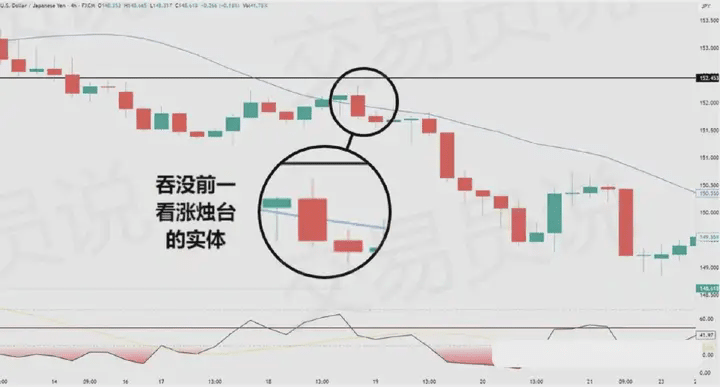 Combining candlestick patterns with the 20 SMA and RSI strategies can significantly improve your trading results.
Combining candlestick patterns with the 20 SMA and RSI strategies can significantly improve your trading results.
The psychology of candlestick patterns reveals market emotions often overlooked by traditional indicators. When the price approaches the 20 SMA, look for specific patterns to confirm your entry signal.
1. Doji pattern: a doji near the 20 SMA indicates market indecision and may signal a reversal point, providing you with an earlier entry opportunity than using RSI alone.
2. Engulfing pattern: shows strong momentum reversal, confirming the importance of the RSI signal.
3. Pin bar: forms a strong resistance rebound signal when pointing in the trend direction and touching the 20 SMA, which cannot be ignored.
Strategy evaluation.
Successful traders recognize that measuring performance is not just about tracking profits and losses. You need specific metrics to truly understand whether the 20 SMA and RSI strategies are effective.
First assess your win rate, risk-reward ratio, and maximum drawdown. These metrics provide clearer insights than just account balances.
To measure performance, record your trades in a trading log, noting entry reasons and market conditions.
Strategy optimization is not a one-time task. Regularly review your results, identify patterns in winning and losing trades, and make slight adjustments to improve outcomes.
Frequently Asked Questions
1. Can the 20 SMA strategy be used with other oscillators (like MACD, stochastic indicator, or CCI)?
Yes, you can use other oscillators (such as MACD, stochastic indicator, or CCI) to replace the RSI in the 20 SMA strategy. These oscillator combinations provide alternative confirmation signals while maintaining the trend direction function of the SMA.
2. How does this strategy perform during economic uncertainty or recession?
During economic uncertainty, you'll notice the strategy's effectiveness decreases as market volatility disrupts trends. Your strategy may underperform during price fluctuations triggered by economic indicators, requiring careful monitoring and adjustments to maintain profitability.
3. What is the minimum account size recommended by this strategy?
You should start with a minimum investment of $1,000 to implement proper risk management. Under an ideal leverage of 1:100, you will maintain sufficient margin while effectively implementing this strategy.
4. Is this strategy suitable for automated trading systems?
Of course, it's suitable; you'll find this strategy is very suitable for automated trading systems (EA). Its clear entry, exit, and risk management rules can be effectively converted into trading algorithms for consistent automated analysis.
5. How often should I reassess the effectiveness of my SMA-RSI parameters?
You should backtest monthly and reassess after significant market changes. Reassess your SMA-RSI parameters quarterly and adjust based on performance data to maintain the strategy's effectiveness.
Along the way, I have seen countless people get rich, face liquidation, and lose everything...
I have experienced pitfalls, endured bear markets, and missed wave after wave of opportunities.
Looking back, these 8 iron rules are the foundation of my survival and continued success.
1. Only use idle funds to participate.
The money you use to enter must be funds that you won't need in the short term. Living expenses, mortgage payments, and retirement funds must not be touched. Losses that do not affect your life allow you to wait for opportunities with the right mindset.
2. Strictly set stop-loss lines.
Set a stop-loss for every trade; cut losses directly at 10%-15%. Small losses are not scary, but deep traps are deadly. A stop-loss is not about cowardice; it's a lifeline.
3. Reject leverage and contracts.
Leverage can double your money overnight or wipe it out just as quickly. In extreme market conditions, the risks are ten times greater than you think. To survive longer, keep your distance from it.
4. Don't chase high prices or sell low.
The market is often busiest at high points, while panic occurs at low points, revealing opportunities. Build your own judgment rather than dance to the price's emotional tune.
5. Position management is paramount.
Single currency positions should not exceed 30% of the total position; do not operate with full positions. Keep bullets to shoot when opportunities arise, rather than watching them run away.
6. Do not be superstitious about 'insider news.'
What you hear as 'insider information' is often just someone digging a pit for you. Do your research, pay attention to fundamentals, and don't get caught up in stories.
7. Learn to take profits.
The biggest enemy when making profits is greed. Set clear targets (double, +50%, etc.) and take profits in batches. The thrill of a roller coaster is not a way to make money.
8. Control emotions.
Don't rush to add to losing positions; don't inflate your size when making profits. Calmness is the most scarce ability for traders.
These 8 rules are not trading skills, but the way of survival. Many people lose not because they can't read charts, but because their mindset, position, and discipline all collapse. Remember, the cryptocurrency market does not lack opportunities, but it lacks you surviving until opportunities arise.
I am Xiaoyue, a professional analyst and educator, a mentor and friend on your investment journey! As an analyst, the most basic thing is to help everyone make money. To help you resolve confusion and positions, speak with strength. When you are lost and don't know what to do, follow Xiaoyue, Xiaoyue will point you in the right direction. #鲍威尔发言 $BTC


